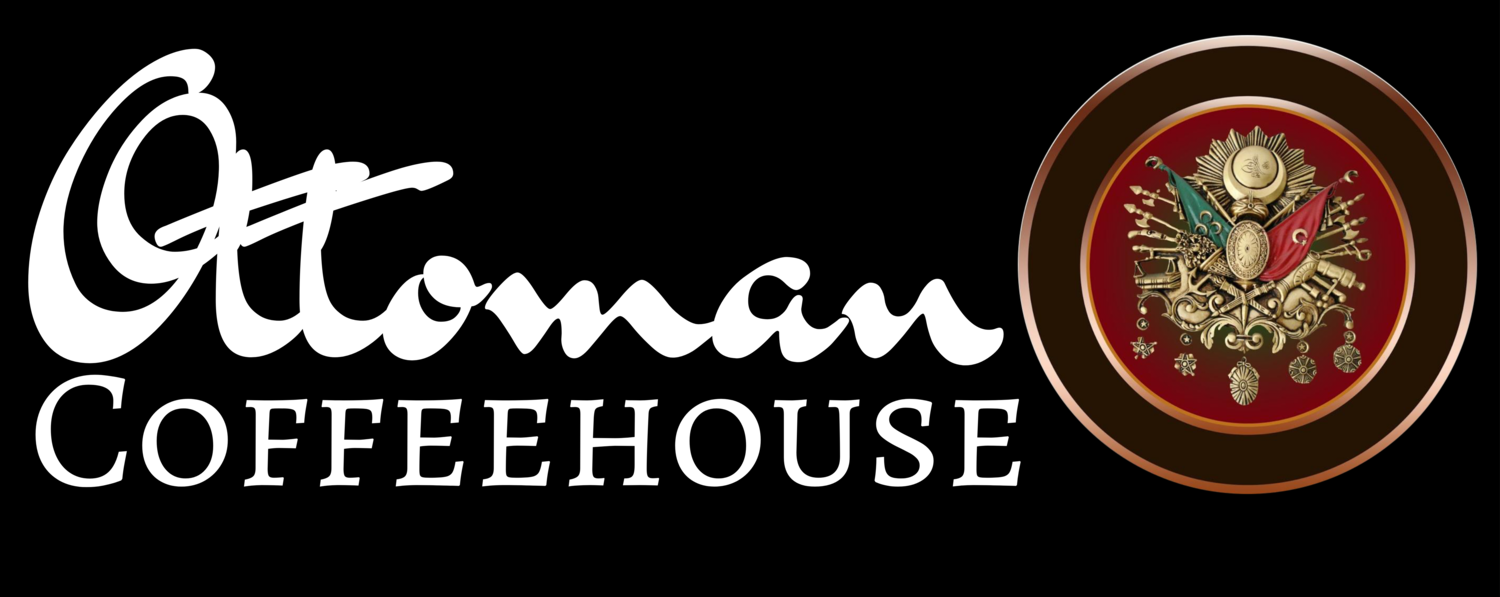Sip into History: The Ottoman Empire, Coffee, and the Birth of the Coffeehouse Culture
As the new year begins, we often reflect on traditions, rituals, and habits that shape our lives. One such timeless ritual, a favorite of millions around the world, is the simple act of sipping a cup of coffee. But did you know that the story of coffee, as we know it today, is deeply intertwined with the rich history of the Ottoman Empire? So, as we welcome 2024 with fresh goals, new ideas, and warm mugs, let’s take a fascinating journey back in time to explore how coffee became a cultural cornerstone, and how the iconic Ottoman coffeehouse sparked the creation of a global coffee culture.
A Journey from Ethiopia to the Heart of the Ottoman Empire
The story of coffee begins not in the streets of Istanbul or Cairo but in the highlands of Ethiopia, where, according to legend, a goat herder named Kaldi discovered the energizing effects of the coffee bean. The beans made their way through the Arabian Peninsula, where Yemeni traders cultivated coffee in the 15th century, and from there, the beans spread across the Islamic world.
By the time coffee reached the heart of the Ottoman Empire in the 16th century, it was no longer just a beverage, it was a catalyst for conversation, culture, and commerce. The Ottomans, known for their grandeur and their rich cultural melting pot, embraced the drink with an enthusiasm that would forever change the way the world experienced coffee.
The Birth of the Ottoman Coffeehouse
The coffeehouse, or kahvehane in Turkish, emerged as a key institution during the reign of Sultan Suleiman the Magnificent (1520-1566). The first coffeehouses began to appear in Istanbul in the mid-1500s, and they soon became central hubs of social life. These early kahvehane were places where people from all walks of life gathered to sip on rich, dark coffee, engage in intellectual discussions, play chess, listen to music, and enjoy poetry.
Imagine stepping into one of those early Ottoman coffeehouses: the air is thick with the aromatic fragrance of freshly ground coffee, the warm glow of lanterns lighting the room, and the murmur of animated conversations in the background. It was here that scholars, traders, poets, and artists converged, forming a unique cultural melting pot that fostered creativity, debate, and connection.
A Drink with Power and Prestige
Coffee became much more than just a morning pick-me-up; it was a symbol of sophistication and intellectualism. In the Ottoman world, serving coffee became an art form. It was carefully brewed in a long-handled pot called a cezve, and the preparation itself was considered a skill. The Turks perfected the technique of brewing coffee to a fine, rich consistency, often sweetened with sugar or flavored with spices like cardamom.
In the Ottoman court, coffee was not just a drink, it was a part of royal ceremonies. A visit from the Sultan was marked by an elaborate coffee ritual, and it was not uncommon for high-ranking officials to send a servant to a coffeehouse for a daily cup. And, just as today, the drinking of coffee was a shared experience, one that invited conversation and connection, transcending class and status.
Coffee and the Coffeehouse: A Meeting of Minds
In addition to being a place of socialization, the Ottoman coffeehouse became a sanctuary for intellectual exchange. Much like modern-day cafes, the Ottoman kahvehane was where new ideas were born and debates flourished. These establishments were a place for the exchange of knowledge, from the latest political developments to artistic trends. It’s said that the coffeehouse was a space where people could "think outside the box" with a cup of coffee in hand.
Coffeehouses also played a central role in literature and the arts. Many famous Ottoman poets and writers, including the renowned 16th-century poet Nef’i, frequented these coffeehouses, where they could share their works with an eager public. It was here that the famous literary salons of the Ottoman Empire came to life, often more dynamic and open than formal academic institutions of the time.
A Global Legacy: Coffeehouses Beyond the Ottoman Empire
The Ottoman coffeehouse tradition didn’t stay contained to the empire’s borders. It spread to Europe in the 17th century, first to Venice and then to Vienna, Paris, and London. In fact, the first coffeehouse in England opened in Oxford in 1650, and it became known as a "penny university" for the quality of intellectual conversation that was exchanged within its walls.
Coffeehouses evolved over time, but they remained spaces for lively discussions and social interactions, mirroring the legacy of the Ottoman coffeehouse. Today, from the trendy cafes of New York to the bustling tea houses of Cairo, the spirit of the Ottoman kahvehane lives on in every place where coffee is served, and people gather to share their thoughts, ideas, and experiences.
The Enduring Allure of Ottoman Coffee
So, as we sip our morning brew, whether it’s a bold espresso, a frothy cappuccino, or a dark Turkish coffee brewed in the traditional cezve, we are partaking in a tradition that spans centuries, connecting us to a global culture of conversation and connection.
This New Year, as you reflect on your own goals and intentions, consider the simple yet profound act of sitting down with a cup of coffee. Just as the Ottomans did centuries ago, take a moment to pause, engage in thoughtful conversation, or lose yourself in a good book. Perhaps you’ll find that your best ideas, much like those of the great minds of the Ottoman coffeehouse, come to life in the warmth of that steaming cup.
Happy New Year! May it be filled with rich conversations, inspiring ideas, and of course, good coffee.
P.S. Did you know that Turkish coffee is recognized by UNESCO as an Intangible Cultural Heritage? If you're feeling adventurous, try brewing your own cup of Turkish coffee and transport yourself to the world of Ottoman coffeehouses. It’s a fun way to sip on history!


